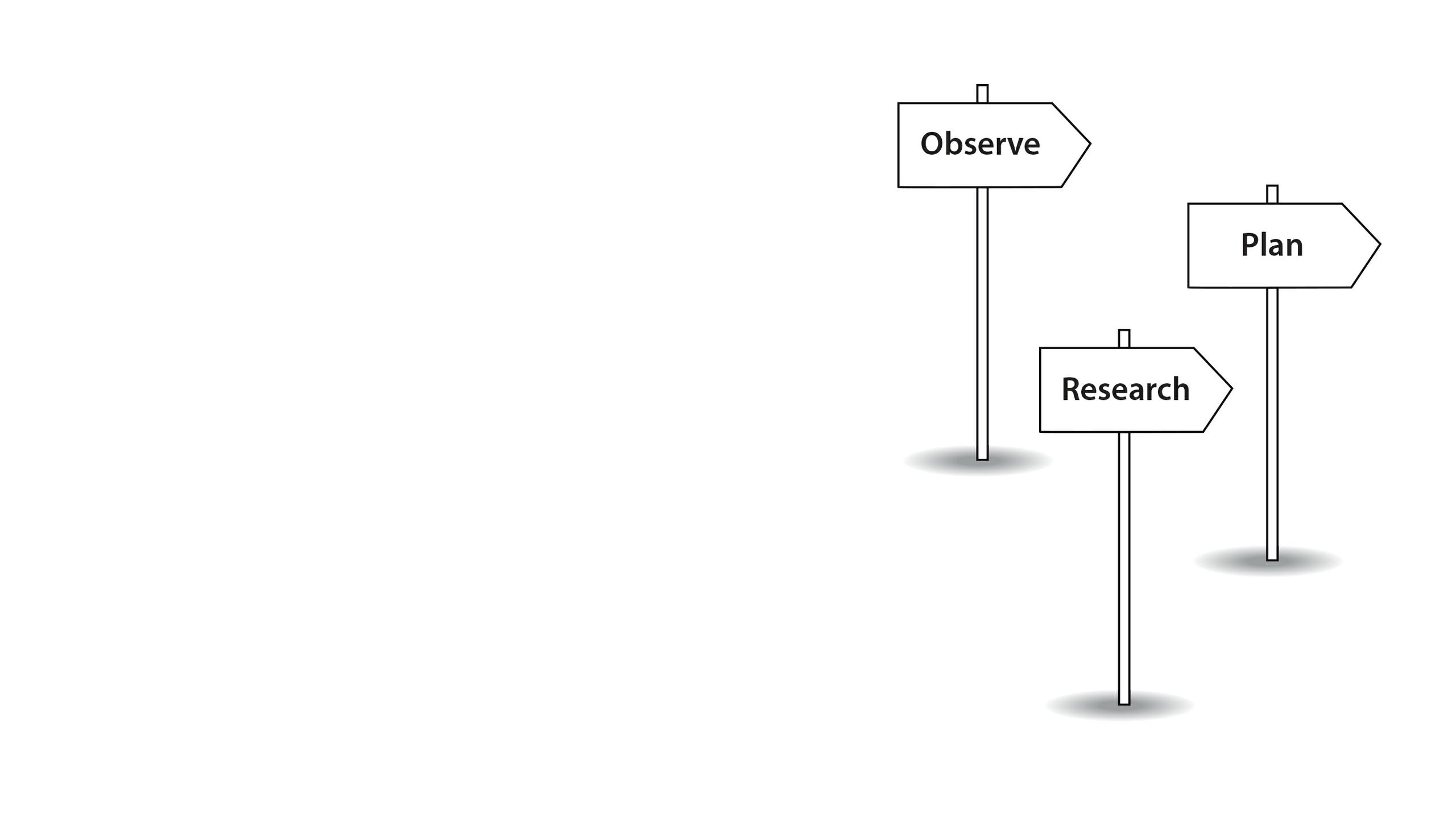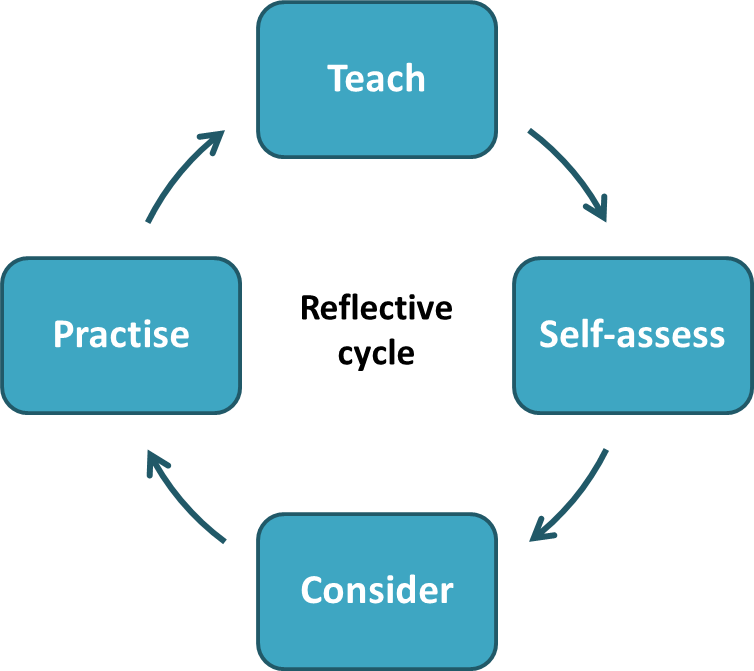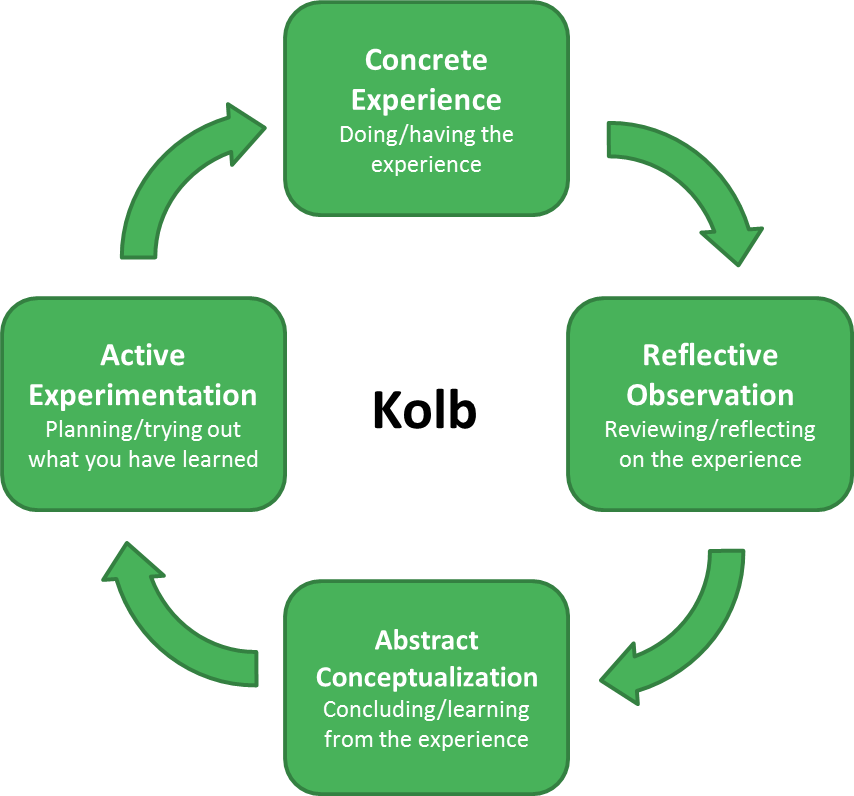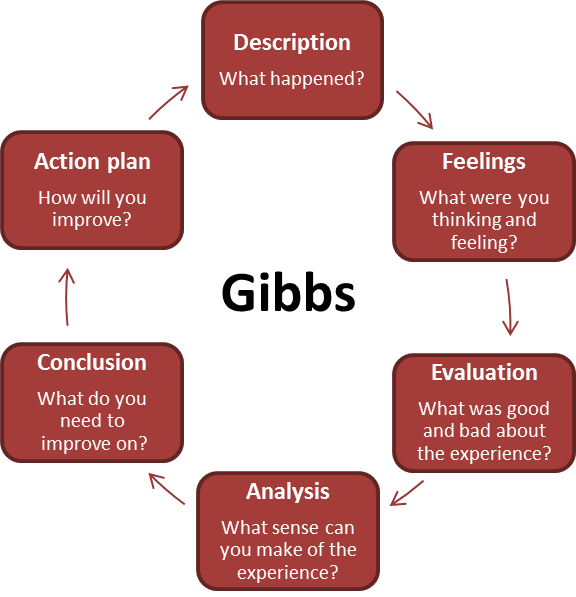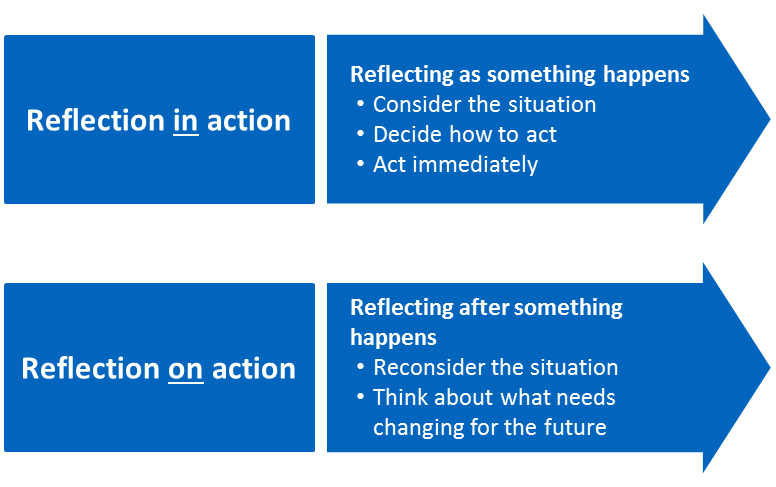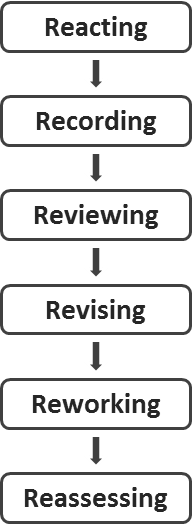Getting started with Reflective Practice
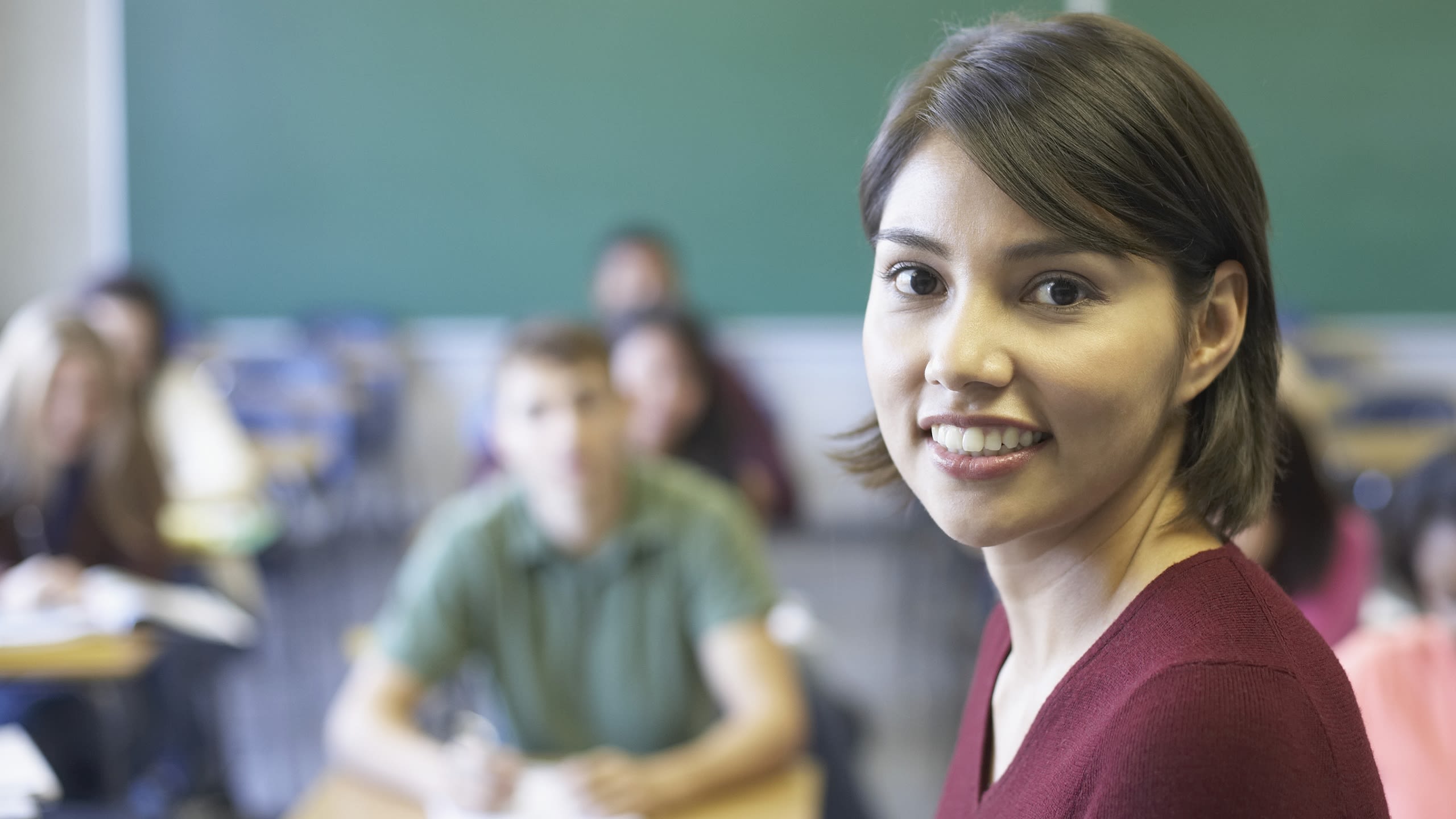
What is reflective practice?
The process of reflection is a cycle which needs to be repeated.
• Teach
• Self-assess the effect your teaching has had on learning
• Consider new ways of teaching which can improve the quality of learning
• Try these ideas in practice
• Repeat the process
Reflective practice is ‘learning through and from experience towards gaining new insights of self and practice’ (Finlay, 2008).
Reflection is a systematic reviewing process for all teachers which allows you to make links from one experience to the next, making sure your students make maximum progress.
Reflection is a basic part of teaching and learning. It aims to make you more aware of your own professional knowledge and action by ‘challenging assumptions of everyday practice and critically evaluating practitioners’ own responses to practice situations’ (Finlay, 2008). The reflective process encourages you to work with others as you can share best practice and draw on others for support. Ultimately, reflection makes sure all students learn more effectively as learning can be tailored to them.
In the rest of this unit, we will look at the basics of reflective practice in more detail. We will look at the research behind reflective practice, discuss the benefits and explore some practical examples. Throughout the unit, we will encourage you to think about how you can include reflective practice in your own classroom practice.
Listen to these educators discussing what reflective practice means for them. How do their ideas about reflective practice compare with yours?
What are the benefits of reflective practice?
Reflective practice helps create confident teachers
Reflective practice develops your ability to understand how your students learn and the best ways to teach them. By reflecting on your teaching, you identify any barriers to learning that your students have. You then create lessons which reteach any content which your students have not been able to access to allow them to overcome any obstacles and develop.
Being reflective will also make sure you have a wider range of skills as you find new ways to teach. This will develop your confidence in the classroom as you find the best ways to deliver your knowledge of a subject.
By reflecting, you will develop abilities to solve problems. Through questioning and changing the way you deliver your lessons, you will find new solutions and become more flexible with your teaching. It allows you to take time to assess and appreciate your own teaching.
Reflective practice also helps create confident students. As a result of reflecting, students are challenged as you use new methods in the classroom. From reflection, you should encourage your students to take new challenges in learning, developing a secure and confident knowledge base.
Reflective practice makes sure you are responsible for yourself and your students
Reflecting on your teaching will help you to understand how your students best learn and will allow you to be accountable for their progress. By assessing the strengths and weaknesses in your own teaching, you will develop an awareness of the factors that control and prevent learning.
The reflection process will also help you to understand yourself and the way you teach. By asking yourself questions and self-assessing, you will understand what your strengths are and any areas where development might be needed. Reflecting allows you to understand how you have helped others to achieve and what this looks like in a practical learning environment.
By asking your students for their thoughts and feelings on the learning, they play an active part in the learning cycle. This allows them to take ownership of their learning and also work with you and give feedback, which creates self-aware and responsible students.
Once the student starts to play an active part in the learning cycle, they become more aware of different learning styles and tasks. They become more aware of how they learn and they develop key skills and strategies to become lifelong learners.
Reflective practice encourages innovation
Reflective practice allows you to adapt lessons to suit your classes. You can create and experiment with new ideas and approaches to your teaching to gain maximum success.
By varying learning and experimenting with new approaches, students have a richer learning experience. They will think more creatively, imaginatively and resourcefully, and be ready to adapt to new ways and methods of thinking.
Reflective practice encourages engagement
Being reflective helps you challenge your own practice as you will justify decisions and rationalise choices you have made.
It encourages you to develop an understanding of different perspectives and viewpoints. These viewpoints might be those of students, focusing on their strengths, preferences and developments, or those of other colleagues, sharing best practice and different strategies.
When you become more aware of your students’ preferences and strengths, learning becomes more tailored to their needs and so they are more curious and are equipped to explore more deeply.
Reflective practice benefits all
By reflecting, you create an environment which centres on the learner. This environment will support students and teachers all around you to become innovative, confident, engaged and responsible.
Once you start the reflective process, your quality of teaching and learning will improve. You will take account of students’ various learning styles and individual needs, and plan new lessons based on these. Reflection helps focus on the learning process, so learning outcomes and results will improve as you reflect on how your learners are learning.
By getting involved in the reflective process, you will create an environment of partnership-working as you question and adapt both your own practice and that of your students and other colleagues. The learning process then becomes an active one as you are more aware of what you want your students to achieve, delivering results which can be shared throughout the institution.
By working with other colleagues and students, relationships become positive and demonstrate mutual respect. Students feel part of the learning cycle and are more self-aware. Colleagues can ‘team up’, drawing on expertise and support. This will develop the whole institution’s best practice. All of these things together result in a productive working environment.
Listen to these educators giving their views on the benefits of reflective practice. Which of the benefits are most relevant to you and your colleagues?
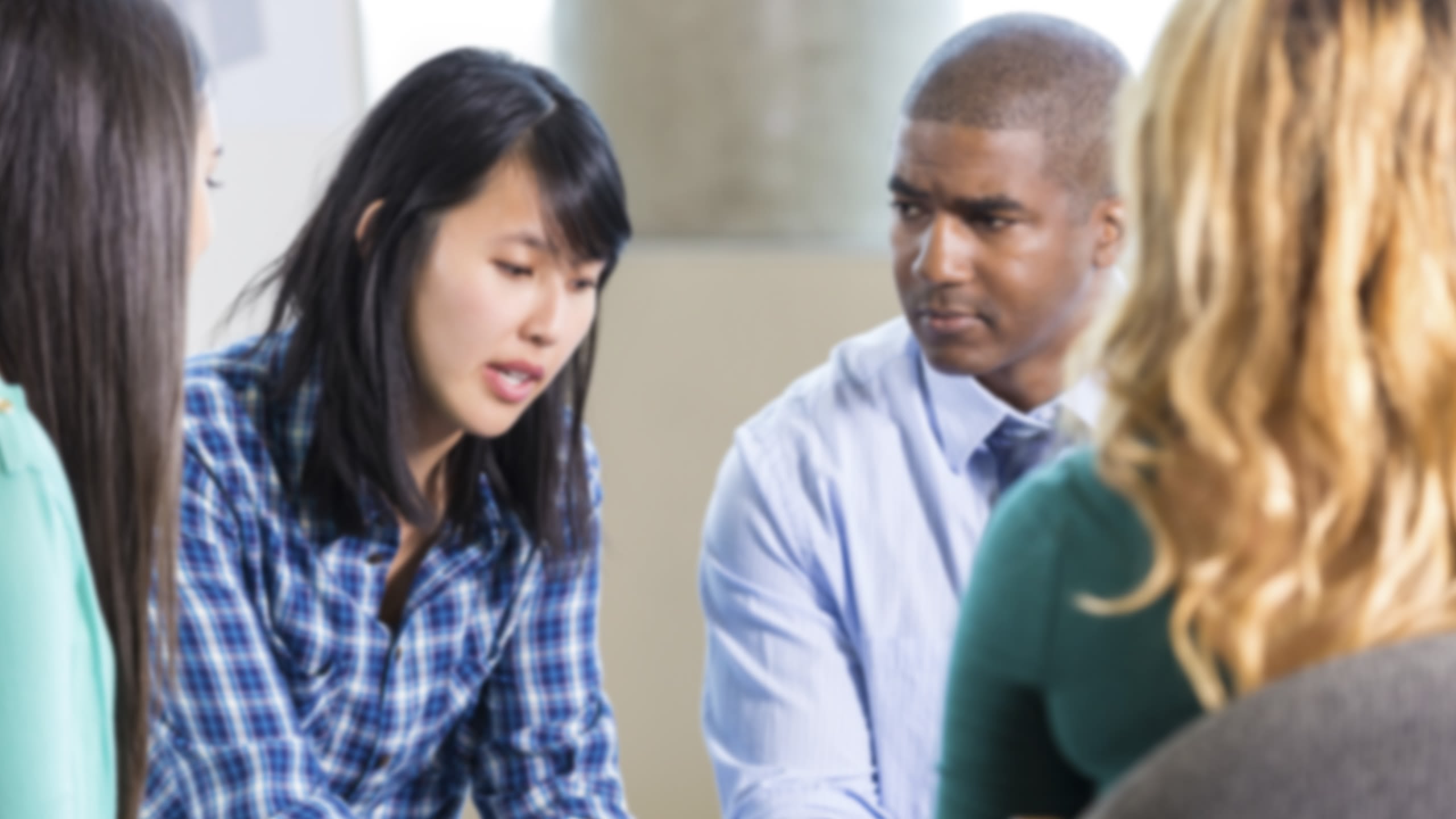
What is the research behind reflective practice?
Educational researchers have long promoted the importance of reflecting on practice to support student learning and staff development.
There are many different models of reflective practice. However, they all share the same basic aim: to get the best results from the learning, for both the teacher and students.
Each model of reflection aims to unpick learning to make links between the ‘doing’ and the ‘thinking’.
Kolb's learning cycle
David Kolb, educational researcher, developed a four-stage reflective model. Kolb’s Learning Cycle (1984) highlights reflective practice as a tool to gain conclusions and ideas from an experience. The aim is to take the learning into new experiences, completing the cycle. Kolb's cycle follows four stages.
First, practitioners have a concrete experience. This means experiencing something new for the first time in the classroom. The experience should be an active one, used to test out new ideas and teaching methods.
This is followed by…
Observation of the concrete experience, then reflecting on the experience. Here practitioners should consider the strengths of the experience and areas of development. Practitioners need to form an understanding of what helped students’ learning and what hindered it.
This should lead to…
The formation of abstract concepts. The practitioner needs to make sense of what has happened. They should do this through making links between what they have done, what they already know and what they need to learn. The practitioner should draw on ideas from research and textbooks to help support development and understanding. They could also draw on support from other colleagues and their previous knowledge. Practitioners should modify their ideas or devise new approaches, based on what they have learnt from their observations and wider research.
The final stage of this cycle is when…
The practitioner considers how they are going to put what they have learnt into practice. The practitioner’s abstract concepts are made concrete as they use these to test ideas in future situations, resulting in new experiences. The ideas from the observations and conceptualisations are made into active experimentation as they are implemented into future teaching. The cycle is then repeated on this new method.
Kolb’s model aims to draw on the importance of using both our own everyday experiences and educational research to help us improve. It is not simply enough for you to reflect. This reflection must drive a change which is rooted in educational research.
Gibbs' reflective cycle
The theoretical approach of reflection as a cyclical model was further developed by Gibbs (1998). This model is based on a six-stage approach, leading from a description of the experience through to conclusions and considerations for future events. While most of the core principles are similar to Kolb’s, Gibbs' model is broken down further to encourage the teacher to reflect on their own thoughts and feelings.
Gibbs' model is an effective tool to help you reflect after the experience, and is a useful model if you are new to reflection as it is broken down into clearly defined sections.
Description
In this section, the practitioner should clearly outline the experience. This needs to be a factual account of what happened in the classroom. It should not be analytical at this stage.
Feelings
This section encourages the practitioner to explore any thoughts or feelings they had at the time of the event. Here the practitioner should explain feelings and give examples which directly reference the teaching experience. It is important the practitioner is honest with how they feel, even if these feelings might be negative. Only once the feelings have been identified can the practitioner implement strategies to overcome these barriers.
Evaluation
The evaluation section gives the opportunity for the practitioner to discuss what went well and analyse practice. It is also important to consider areas needed for development and things that did not work out as initially planned. This evaluation should consider both the practitioner’s learning and the students’ learning.
Analysis
This section is where the practitioner makes sense of the experience. They consider what might have helped the learning or hindered it. It is in this stage that the practitioner refers to any relevant literature or research to help make sense of the experience. For example, if you felt the instructions you gave were not clear, you could consult educational research on how to communicate effectively.
Conclusion
At this stage, the practitioner draws all the ideas together. They should now understand what they need to improve on and have some ideas on how to do this based on their wider research.
Action plan
During this final stage, the practitioner sums up all previous elements of this cycle. They create a step-by-step plan for the new learning experience. The practitioner identifies what they will keep, what they will develop and what they will do differently. The action plan might also outline the next steps needed to overcome any barriers, for example enrolling on a course or observing another colleague.
In Gibbs' model the first three sections are concerned with what happened. The final three sections relate to making sense of the experience and how you, as the teacher, can improve on the situation.
'Reflection-in-action' and 'reflection-on-action'
Another approach to reflection is the work by Schön. Schön (1991) distinguishes between reflection-in-action and reflection-on-action.
Reflection-in-action is reflection during the ‘doing’ stage (that is, reflecting on the incident while it can still benefit the learning). This is carried out during the lesson rather than reflecting on how you would do things differently in the future. This is an extremely efficient method of reflection as it allows you to react and change an event at the time it happens. For example, in the classroom you may be teaching a topic which you can see the students are not understanding. Your reflection-in-action allows you to understand why this has happened and how to respond to overcome this situation.
Reflection-in-action allows you to deal with surprising incidents that may happen in a learning environment. It allows you to be responsible and resourceful, drawing on your own knowledge and allowing you to apply it to new experiences. It also allows for personalised learning as, rather than using preconceived ideas about what you should do in a particular situation, you decide what works best at that time for that unique experience and student.
Reflection-on-action, on the other hand, involves reflecting on how practice can be developed after the lesson has been taught. Schön recognises the importance of reflecting back ‘in order to discover how our knowing-in-action may have contributed to an unexpected outcome’ (Schön, 1983).
Reflection-on-action means you reflect after the event on how your knowledge of previous teaching may have directed you to the experience you had.
Reflection-on-action should encourage ideas on what you need to change for the future. You carry out reflection-on-action outside the classroom, where you consider the situation again. This requires deeper thought, for example, as to why the students did not understand the topic. It encourages you to consider causes and options, which should be informed by a wider network of understanding from research.
By following any of the above models of reflection, you will have a questioning approach to teaching. You will consider why things are as they are, and how they could be. You will consider the strengths and areas of development in your own practice, questioning why learning experiences might be this way and considering how to develop them. As a result, what you do in the classroom will be carefully planned, informed by research and previous experience, and focused, with logical reasons. All of these models stress the importance of repeating the cycle to make sure knowledge is secure and progression is continued.
Common misconceptions about reflective practice
‘It doesn’t directly impact my teaching if I think about things after I have done them’
Reflection is a cyclical process: do, analyse, adapt and repeat. The reflections you make will directly affect the next lesson or block of teaching as you plan to rework and reteach ideas.
Ask yourself:
What did not work?
How can I adapt this idea for next time?
This might mean redesigning a task, changing from group to paired work or reordering the lesson.
‘Reflection takes too long; I do not have the time’
Reflection can be done on the spot (Schön: reflection-in-action). You should be reflecting on things as they happen in the classroom.
Ask yourself:
What is working well? How? Why?
What are the students struggling with? Why?
Do the students fully understand my instructions? If not, why not?
Do the students fully understand the task? If not, why not?
Do your students ultimately understand what success looks like in the task or activity? Can they express this for themselves?
‘Reflection is only focused on me, it does not directly affect my students’
Reflecting and responding to your reflections will directly affect your students as you change and adapt your teaching. You will reteach and reassess the lessons you have taught, and this will allow students the chance to gain new skills and strengthen learning. Creating evaluation models will help you to know whether the actions you have taken have had the intended effect.
‘Reflection is a negative process’
Reflection is a cyclical process, meaning you grow and adapt. You should plan to draw on your own strengths and the best practice of colleagues, which you then apply to your own teaching. Try any of the reflection models listed in this unit to help you progress. By getting involved in a supportive network everyone will develop.
'Reflection is a solo process, so how will I know I’ve improved?’
Reflection is best carried out when part of a supportive network. You can draw on the support of colleagues by asking them to observe and give feedback. You can also draw on student feedback. Reflection should trigger discussion and co-operation.
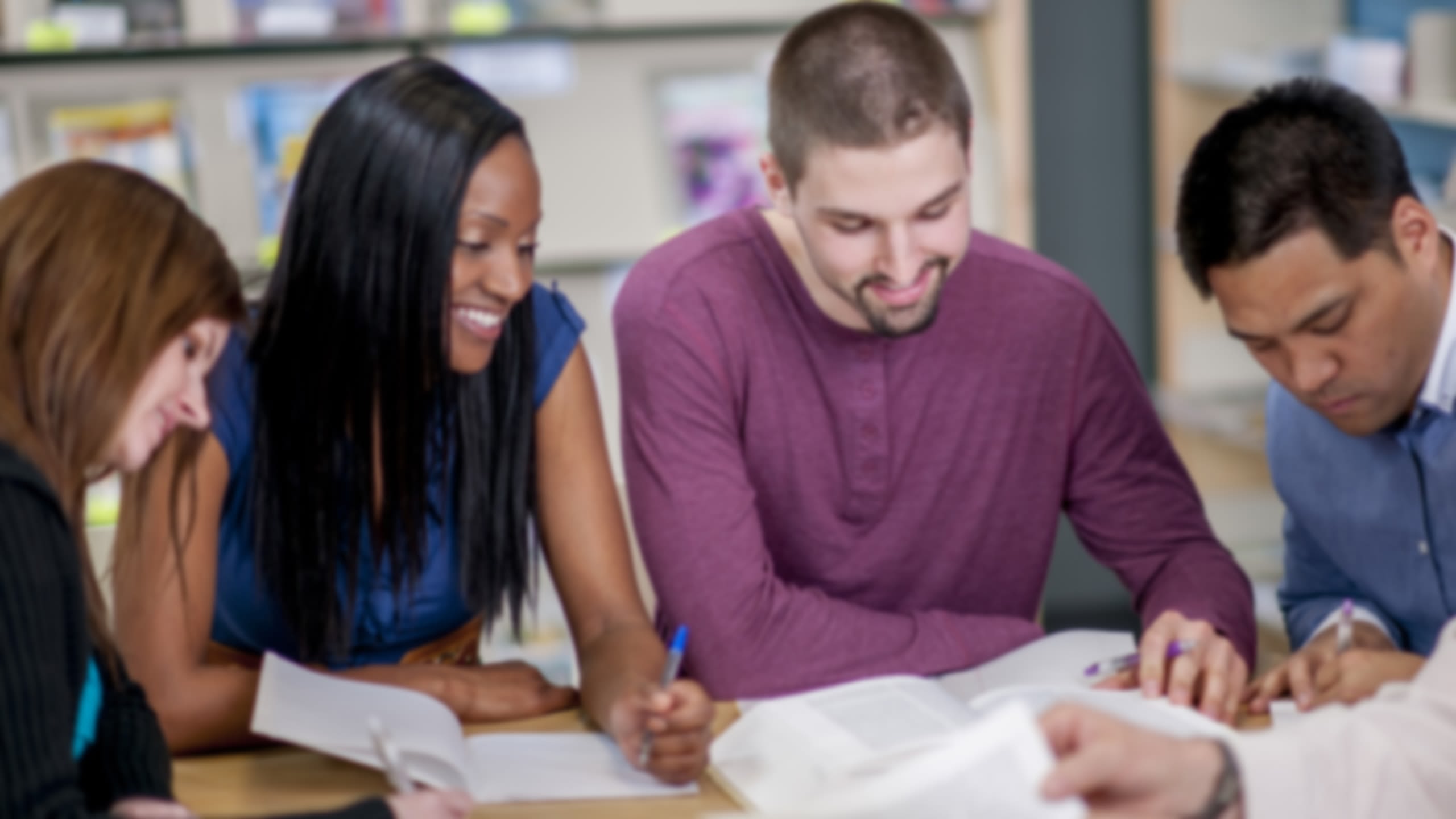
Reflective practice in practice
As a reflective practitioner you will continuously review the learning process to make sure all students make maximum progress. While working through this document you may have identified a model which appeals to you.
As well as using a model of reflection, you can carry out other reflective activities to develop your practice. These can include the following.
Self-questioning
Asking yourself questions can help you understand the effect and efficiency of your teaching.
Experimenting with new ideas
Trying out new methods or approaches in the classroom can create new learning opportunities. These changes can be as simple as varying a small activity or as adventurous as changing your whole approach or plan.
Discussing with other colleagues
Drawing on support from colleagues will allow you to cement understanding and get involved with others’ ideas and best practice.
Discussing with students
Drawing on student feedback will make sure your reflections are focused on your students. By reflecting with students, you allow them to play an active part in their learning and gain insight into what needs to improve to support student development.
Observations and feedback
Being observed by colleagues will allow you to gain others’ perspectives into your practice and provide feedback and ideas on how to improve. Observing your colleagues can also provide new ideas and approaches which you can try in your own practice.
All these approaches are explained in the ‘Next steps’ section and provide a guide of how to carry out reflective practice, using the following.
• Learning journal
• Lesson evaluations
• Observations
• Student dialogue
• Shared planning
Listen to these educators talking about how they reflect. How could you use their techniques in your practice?
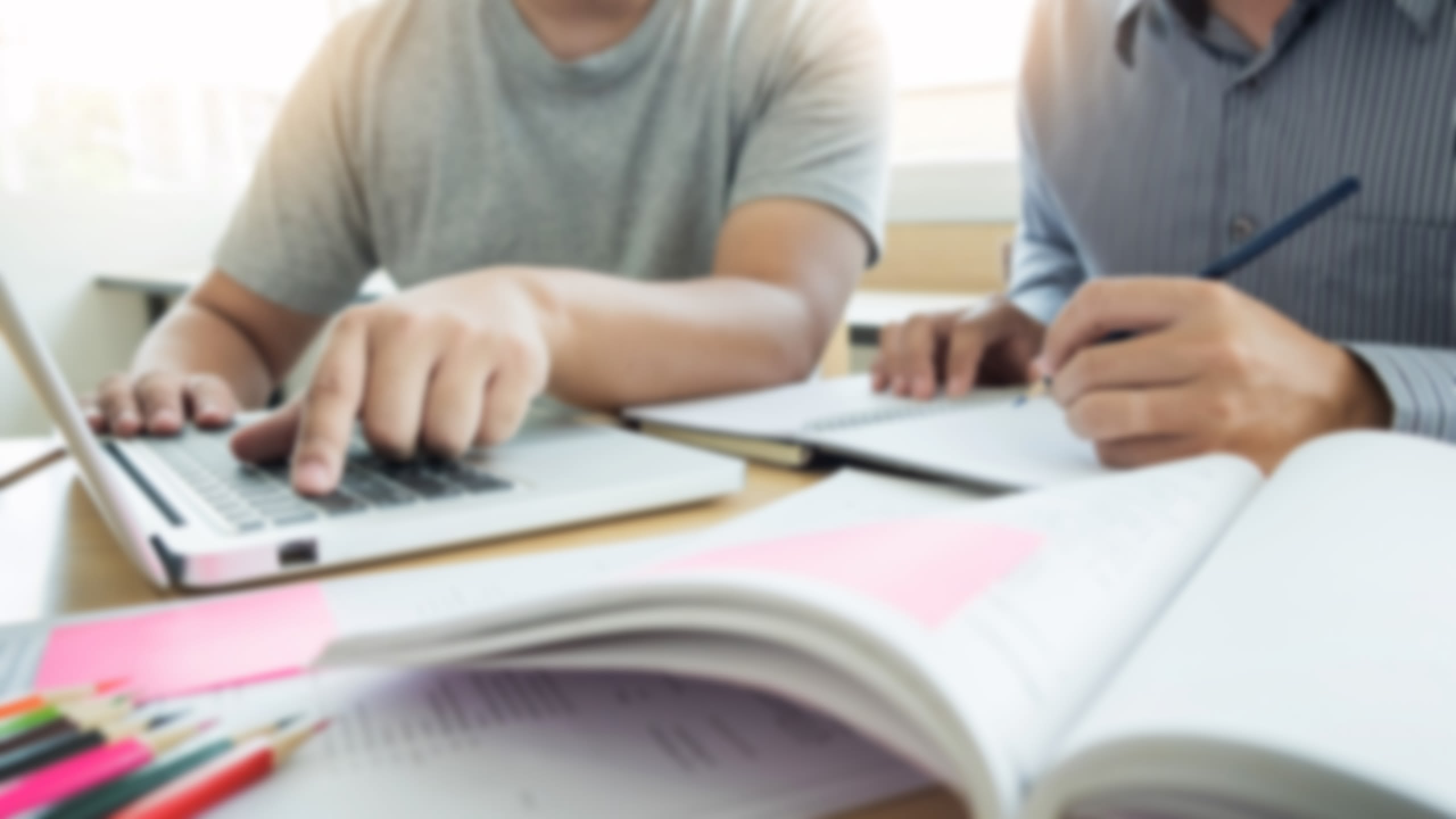
Checklist
There are five main principles that will make sure you get the most out of your reflections − reacting, recording, reviewing, revising, reworking and reassessing. These are sometimes referred to as the five Rs.
If you are new to reflective practice, it will help to ask yourself the following questions.
Reacting
How will I decide what area of my practice I need to focus on?
Will this be decided by looking at data, each learner’s performance or an aspect of the curriculum?
Recording (logging your reflections)
How will I assess my performance?
Will this take the form of an observation, discussion or shared planning?
How will I record this?
Will this be recorded by yourself, a peer or a student?
How will I log this?
What documents will you use to record your reflections? For example, a journal, notebook or form provided by your school or institution.
When will I log this?
Will your reflections be logged straight after the lesson, during or before the lesson?
How often will you record these reflections?
Reviewing (understanding your current teaching methods)
What worked well and how do I know this?
Consider what the students really understood and enjoyed about the lesson, and why. How do you know improvements have been made?
What did not work as planned?
Consider what the students did not get involved with or find challenging, and why.
What could I try next time? How could you adapt the activity?
Some practical ideas include introducing a different task, clearer instructions, time-based activities and activities which appeal to different learning styles.
Revising (adapting your teaching by trying new strategies)
What will I change or adapt?
This could be a whole task or something specific about a task. Some practical ideas include changing the task from independent work to paired work, adding a scaffold to a challenging task, providing instructions step by step, and making activities time based.
Reworking (action plan of how you can put these ideas in place in a practical way)
How will I put this in place?
Consider what will you need to do before and during the lesson to make sure your changes happen. What will the students be doing differently to make sure they make progress?
What materials do I need?
What things will you need to put your revised ideas into practice?
Some practical examples include coloured pens, larger paper, handouts, cut-up activities, specialised equipment.
Reassessing (understanding how these new strategies affected learning)
How successful were the new strategies?
Once you have redelivered the lesson, consider how engaged the students were. How well did they understand this time?
What changed?
Consider the following areas of potential change: delivery, planning and assessment.

Next steps
Here are some activities to help you to further explore reflective practice.
Learning journal
What is it?
A learning journal is a collection of notes, observations, thoughts and other relevant materials built up over a period of time and recorded together.
What happens?
After each lesson you record your thoughts and feelings regarding the lesson. Use the five Rs in the Checklist section to help focus your journal.
Lesson evaluations
What are they?
Evaluations require you to think back on the lesson, assessing its strengths, weaknesses and opportunities for development.
To help focus your evaluation, consider the following questions:
• What went well in this lesson? Why?
• What problems did I experience? Why?
• How engaged and active were the students?
• How much learning took place? How do I know?
• What could I have done differently?
• What did I learn from this experience that will help me in future lessons?
What happens?
Once you have taught your lesson, record your reflections on the lesson as soon as possible. This will help you keep track of your progress as a developing reflective practitioner and also help you track your students’ progress.
Observations
What are they?
Observations are when someone assesses your practice through watching it in action. These observations should have a very specific focus, for example the quality of questioning or the quality of student-led activities. This focus can then be specific, measured, reflected upon and revised to make sure your students make progress.
What happens?
Once you have set the specific focus or target area, a colleague will watch you deliver the lesson and give feedback on the strengths of your practice or some possible ideas for development. These observations could also be carried out over a block of lessons to show progression.
Student dialogue
What is it?
This is where you make sure students play an active part in their learning. You will ask them to carry out a short reflection on how well they felt the lesson went and to assess the lesson’s strengths and possible ideas for development.
What happens?
Ask a student to keep a learning journal of their lessons. This journal could include what they enjoyed, how they felt in the lesson, what they understood and engaged with, what they still need more help with, what they liked about the lesson and things they thought could have been better.
Shared planning
What is it?
Shared planning is where you draw on support from colleagues to plan lessons together. You draw on each other’s best practice to help create innovative and improved lessons.
What happens?
Shared planning can take many forms:
• Planning a lesson with another colleague together from start to finish.
• Using a lesson a colleague has produced and adapting it to suit your style and class.
• Planning a lesson and asking another colleague to review it.
The shared-planning process should encourage talking and co-operation. You should draw on support from colleagues to help develop practice and share ideas.
Want to know more?
Here is a printable list of interesting books, articles and websites on the topics that we have looked at.
